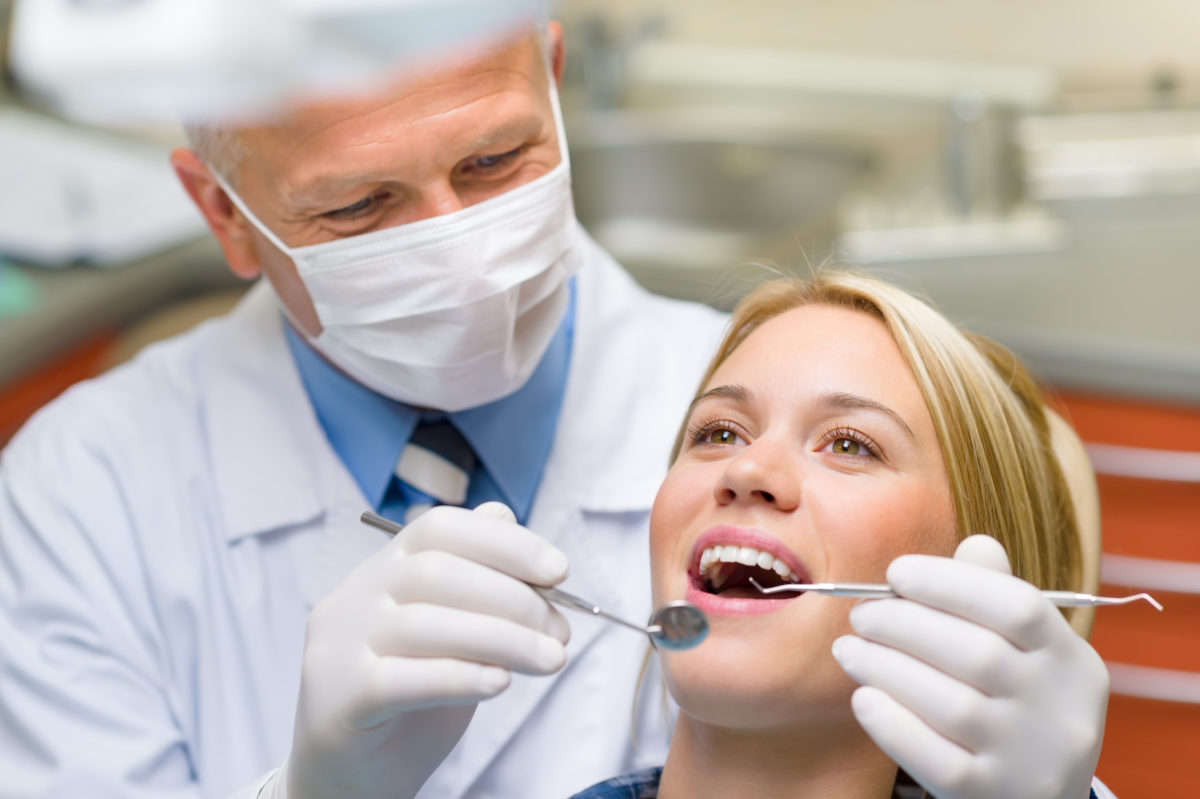A Biased View of Legacy Orthodontics
A Biased View of Legacy Orthodontics
Blog Article
Some Known Questions About Legacy Orthodontics.
Table of ContentsThe Greatest Guide To Legacy OrthodonticsThe Greatest Guide To Legacy Orthodontics8 Easy Facts About Legacy Orthodontics DescribedIndicators on Legacy Orthodontics You Need To KnowAn Unbiased View of Legacy Orthodontics
At Advanced Orthodontics, we provide individuals with a holistic therapy experience. In enhancement, we supply adjustable treatment routines, versatile payment options and a fun, pleasurable experience. leesburg clear braces. Phone call ( 480) 357-4900 today for more details and timetable a visit.An orthodontist is a dentist educated to identify, protect against, and treat teeth and jaw irregularities. Orthodontists function with people of all ages, from children to grownups.
Malocclusion, or misaligned teeth, can bring about oral issues, including tooth decay, gum tissue disease, and hard or uncomfortable eating. But not every person is birthed with straight teeth. If you have a poor bite or huge spaces in between your teeth, you may desire to seek advice from a dentist specializing in orthodontic care.
The 20-Second Trick For Legacy Orthodontics
( Photo Debt: DigitalVision/Getty Images) Orthodontists utilize fixed and removable dental gadgets, like dental braces, retainers, and bands, to alter the placement of teeth in your mouth. Orthodontic treatment is for oral abnormalities, including: Uneven teethBite troubles, like an overbite or an underbiteCrowded teeth or teeth that are also much apartJaw misalignmentThe objective of orthodontic therapy is to improve your bite.
While you might think of orthodontists as primarily for children or teens that require dental braces, they can fix oral issues at any age. Orthodontists go to college, dental institution, and orthodontic school.
All orthodontists are dentists, but not all dentists are orthodontists. Orthodontic residency programs offer intensive, focused direction for dental specialists. They focus on two areas: How to effectively and securely relocate teeth Exactly how to appropriately lead growth in the teeth, jaw, and faceOnce an orthodontist has actually finished training, they have the alternative to end up being board certified.
Legacy Orthodontics Things To Know Before You Get This
Malocclusion leads to tooth overcrowding, an askew jaw, or irregular bite patterns. Malocclusion is generally treated with: Your orthodontist attaches metal, ceramic, or plastic square bonds to your teeth.
Some individuals require a headwear to help move teeth into line with pressure from outside the mouth. A retainer is a customized gadget that maintains your teeth in location.
They're most usually used on children. They can produce additional space in the mouth without having to draw teeth. If you have a significant underbite or overbite, you may need orthognathic surgical treatment (likewise called orthodontic surgical treatment) to lengthen or shorten your jaw. Orthodontists make use of cords, medical screws, or plates to sustain your jaw bone.
You might require to see an orthodontist if you have: Crowding or otherwise enough area for all of your teethOverbite, when your upper teeth come by your bottom teethUnderbite, when your bottom teeth are also much forwardSpacing or concerns with gapsCrossbite, which is when your upper teeth fit behind your base teeth when your mouth is closedOpen bite or a vertical void in between your front base and upper teethMisplaced midline, when the center of your base and top teeth don't align Correcting a dental malocclusion can: Make biting, chewing, and speaking easierImprove the balance of our face and your general appearanceEase discomfort from temporomandibular joint problemsSeparate your teeth and make them less complicated to clean up, helping stop dental cavity or dental caries It's frequently a dental professional who initially notices misaligned teeth during a regular exam.
The Of Legacy Orthodontics

During your very first orthodontic appointment, you'll likely have: A dental examPhotos taken of your face and smileDental X-raysPanoramic (360 degree) X-rays of your face and headImpressions to develop mold and mildews of your teethThese tests will certainly assist your orthodontist recognize how to wage your therapy. clear braces. An orthodontist is a dentist who's had training to treat your teeth and jaw
An orthodontist is focused on your bite, so something like a damaged tooth would certainly be dealt with by a dental practitioner. Orthodontists are focused on your bite, or the means your teeth fit with each other, and the straightness of your teeth.
Ever before asked yourself just how celebrities always seem to have flawlessly aligned teeth? Orthodontists are oral specialists who concentrate on dealing with irregularities in the teeth and jaws.
Legacy Orthodontics - Truths

While dental braces are one of the most typically recognized orthodontic treatment, orthodontists have a diverse toolkit at their disposal. The details you can check here approach chosen relies on the extent of the instance, the individual's age, and specific preferences. These tried-and-true dental braces use a system of brackets bound to the teeth and connected by wires.
Clear aligners, like Invisalign, are a prominent option for individuals looking for a more very discreet treatment alternative. These removable trays are tailor-made to considerably change the teeth's placement. Headwear may be used in conjunction with dental braces or aligners to use additional targeted forces, especially for fixing jaw inconsistencies. In instances of slim jaws, palatal expanders can be used to create space for proper tooth positioning.
Report this page